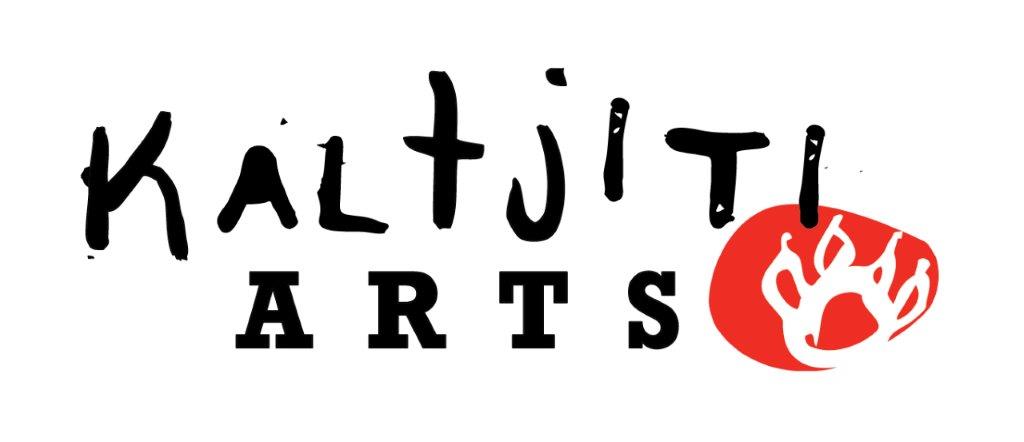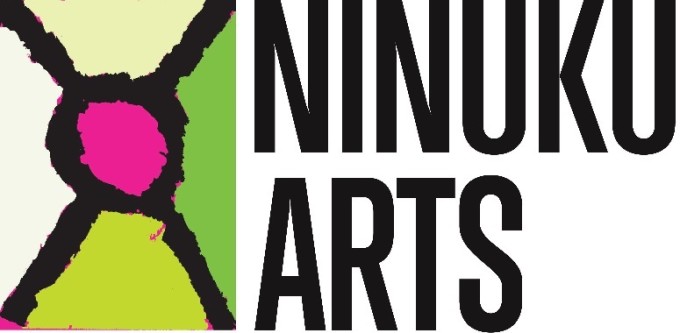Wanampi Tjukurpa
2009
Synthetic polymer paint on cancas
198 x 152.5 cm
National Gallery of Australia, Canberra
Gift of Susan and Michael Armitage 2013. Donated through the Australian Government's Cultural Gifts Program
© The artist and Tjala Arts
This story tells of two Snake brothers and their wives that lived near Piltati, west of Amata. Tiger Palpatja was a senior custodian of this Tjukurpa:
Every day the women went out hunting and bought home kuka (meat for cooking) for the men, who didn’t do anything but perform ceremonies. After a while the sisters became annoyed at the men’s laziness and decided to eat all the food.
The brothers decided to change themselves into a Wanampi (a giant mythical water serpent) and play a practical joke. They went to a hole where the women had been digging and imitated the tracks of a large snake. Then they entered the hole.
The women set off with their wana (digging sticks). They dug all day long, then the next and the next. In their pursuit the women dug a trench from Aparatjara to Piltati, now a watercourse, approximately 25km long. Their burrow became deeper and their pursuit created the gorge at Piltati, with its creeks and piles of rock that clutter the valley floor. Read more of the story of Wanampi Tjukurpa as told by Tiger.
note: Kunmanara is a term of respect often used to replace the first name of Anangu who have died.
Kunmanara (Tiger) Palpatja
Born: c.1920 Piltati
Died: 2012
Pitjantjatjara language group
Art Centre: Tjala Arts, Amata & Tjungu Palya, Nyapari
Kunmanara (Tiger) Palpatja was born at Piltati rock hole, the sacred place of the Two Serpent Men in the far north west of South Australia sometime around 1920. He lived a traditional nomadic life prior to moving to the mission at Ernabella where he worked as a shearer. Tiger is a Ngangkari (traditional healer) and a senior Law man. He is the senior custodian for the Wanampi Tjukurpa the creation story for country around Piltati near Nyapari Community. Tiger passed away in May 2012.
Tiger began painting for Tjala Arts in 2004, where he developed a reputation as an outstanding artist and a great colourist. He moved back to his homeland at Nyapari in 2009 and worked with Tjungu Palya.






















